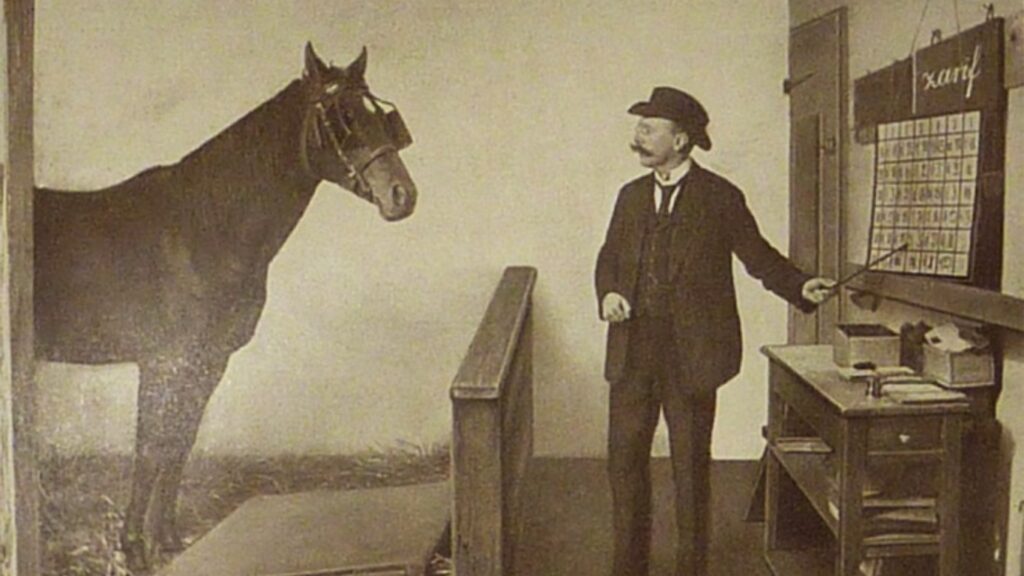One, two, three… many. Studies with neuroimaging techniques confirm that the representation we make of numbers follows this pattern. Humans have specialized neurons that activates in front of one thing, two things, and three things. The rest are approximate representations. Josep Marco, researcher at the group of Brain Plasticity and Cognition at IDIBELL and the University of Barcelona spoke about brain and mathematics at Centre Cultural Sant Josep of L’Hospitalet de Llobregat (Barcelona), within the cycle Pessics de Ciència.
Marco began the conference wondering if our brain is ready for numbers. He also wondered if the babies are able to understand this concept. It seems that in both cases the answer is yes, but with limitations. In the case of children, studies of Jean Piaget did little harm. The Swiss psychologist wrote that children do not acquire the concept of number until they are five or six years old, which was believed for decades. Marco noted that recent studies with children belie the tenets of Piaget and conclude that they do have some idea of what the numbers are since shortly after birth. Now then, as adults, beyond three, representations are approximate. As Marco said, “people have a system for measuring approximate amounts”.
IDIBELL investigator, graduate in physics and doctorate in neuroscience, showed images of children, including his twin daughters, able to do simple calculations with up to three objects. He also experimented with attendees on the ability to compare boxes in which appeared one, two or three points. The vast majority of the public was able to tell where they had more points after seeing the images during few tenths of a second. With higher amounts of points the rate was significantly lower.
‘Clever’ Hans
Marco was also asked about the computing power of the animals, which seems not demonstrated. The researcher cited the case of Hans horse. In the early twentieth century, in Germany, this horse became famous for its purported ability to perform arithmetic operations. Its owner, a math teacher and horse trainer, publicly exhibited the horse throughout Germany. He showed the horse a math operation and the animal was able to find out the result banging the leg. A commission of inquiry found that, in fact, the horse, which was already known as Clever Hans, was able to detect the gestures unaware of their coach and knew when to stop banging the leg.
The researcher also showed images of chimpanzees able to remember in a few tenths of seconds the position of a sequence of numbers from 1 to 8 that appeared on a touch screen, something that a college student was not able to do correctly. It seems that, in this case, unlike humans, chimpanzees identify simple numbers as figures, and do not stop to think what number comes after another, as if humans do.
Synaesthesia
Marco also talked about the ability of some people to identify numbers with colours. This is called synaesthesia, which affects between ten and fifteen percent of the population. He also referred to the inability of some people to perform numerical calculations after injuries in the parietal region of the brain, both the right and the left.
Finally, the researcher referred to the various conceptions of number that different cultures have had throughout history, which have conditioned the ways societies have been calculated and understood the numbers. In this sense, the expert referred to Roman numerals and numbers identifying with various body parts as does a tribe in New Guinea.
Marco’s talk was included in the cycle Pessics de Ciència at Centre Cultural Sant Josep of the Municipality of L’Hospitalet de Llobregat (Barcelona), with whom IDIBELL collaborates. This quarter, the talks are focud on mathematics.

